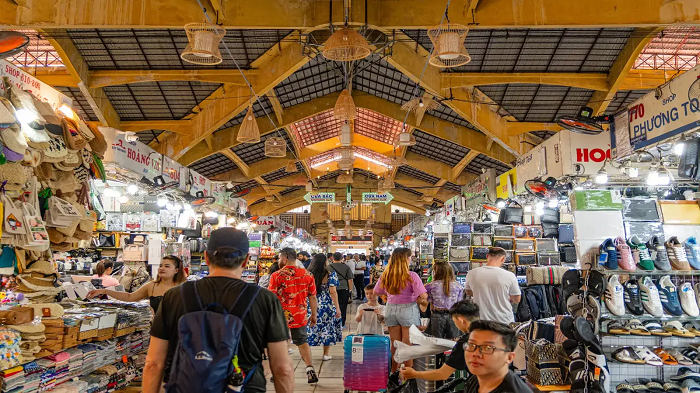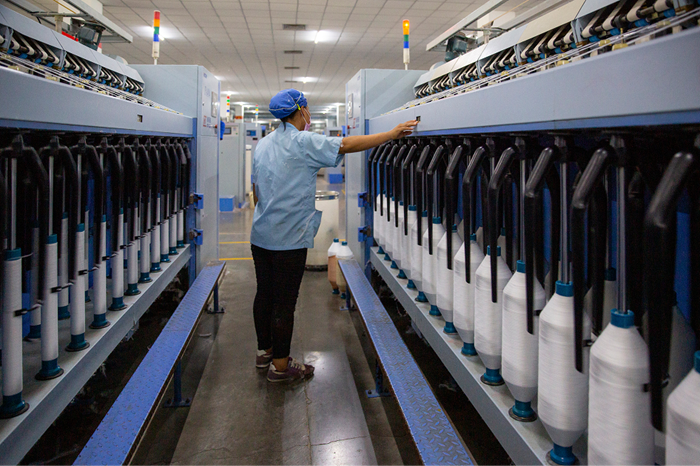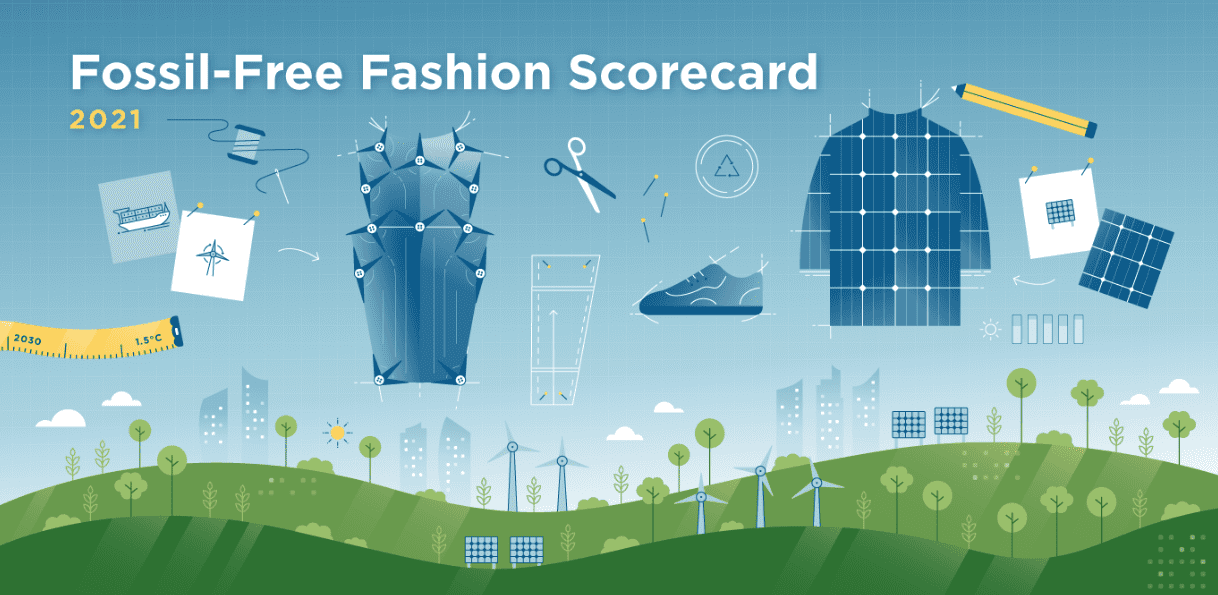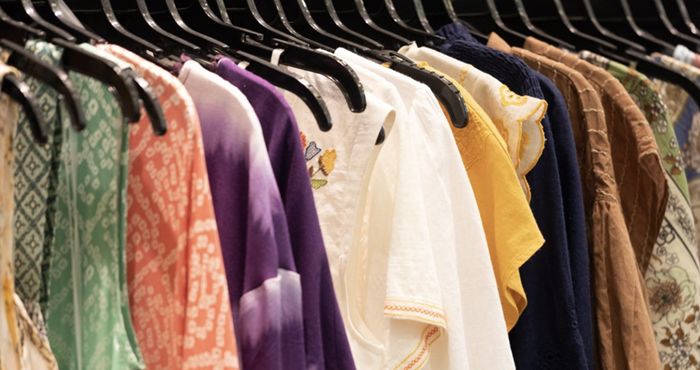
The global apparel trade and retail sector continues to evolve, balancing between post-pandemic recovery, macroeconomic uncertainties, and changing consumer behavior. Wazir Advisors July 2025 Apparel Trade & Retail Update reveals a complex picture: while some markets are charting strong growth, others are seeing sluggish demand and competitive pressures. From a rebound in UK imports to Vietnam's booming export performance and India’s growing domestic retail, the global apparel map is dotted with diverse paths.
Apparel Imports: UK moves ahead, US stalls
May 2025 witnessed sharply contrasting import trends among major apparel-consuming nations. The United States, traditionally the world’s largest apparel importer, saw its imports decline 8 per cent year-on-year, falling to $5.5 billion. This downturn reflects persistent inflationary pressure, inventory adjustments by large retailers, and a slight consumer pullback amid economic uncertainty.
In contrast, the European Union recorded a 4 per cent YoY increase in apparel imports, touching $7.2 billion. The EU’s demand resilience is likely tied to a strong summer fashion cycle, restocking across mass-market retailers, and improved consumer sentiment in economies like Germany and France.
The UK, however, emerged as the star performer. With a 36 per cent YoY increase in apparel imports, reaching $1.9 billion, the UK appears to be in the middle of a fast-fashion revival, boosted by aggressive buying from e-commerce giants and early festive season shipments.
Meanwhile, Japan showed a 7 per cent YoY growth in apparel imports to $1.6 billion, indicating stable recovery in consumer demand and a return to workwear and occasion wear purchases.
Apparel Exports: Vietnam shines, Bangladesh slips
In June 2025, China maintained its dominance as the world’s top apparel exporter, clocking $14.8 billion, a 2 per cent YoY increase. While this growth is modest, it signals resilience amid geopolitical scrutiny and rising production costs. Chinese exporters continue to focus on high-margin segments and nearshoring strategies.
Vietnam, meanwhile, posted the strongest export performance among major Asian exporters, registering 18 per cent YoY growth to reach $3.3 billion. The country is reaping the benefits of free trade agreements, relocation of manufacturing from China, and investments in sustainable production.
On the flip side, Bangladesh faced a setback, with exports dipping 7 per cent YoY to $2.8 billion. The decline may be attributed to energy shortages, compliance pressures, and cooling orders from Europe. Concerns about cost competitiveness and environmental compliance continue to challenge the industry.
India, however, saw its exports hold steady at $1.3 billion, showing no YoY change. While not a decline, the stagnant figure underlines India's ongoing struggle with price competitiveness and supply chain fragmentation despite global buyers’ interest in supplier diversification.
Retail Markets: India’s boom, UK’s digital edge, US recovery
On the retail front, apparel sales showed encouraging trends in most major economies during June 2025, signalling firm consumer confidence and gradual demand normalization.
In the US, apparel and home furnishing store sales rose 2 per cent YoY, reflecting steady foot traffic in physical stores. Though not dramatic, the rise indicates that brick-and-mortar retail is holding its ground against e-commerce, supported by ongoing promotions and early back-to-school demand.
The UK saw similar store-based growth, with June apparel store sales reaching £4.7 billion, a 2 per cent YoY increase. More notably, e-commerce clothing sales grew by 2 per cent in Q2 2025, a sign that online fashion retail continues to mature even as pandemic-era spikes normalize.
India, however, emerged as the most dynamic retail market in the current update. June 2025 apparel retail sales jumped 10 per cent over the previous year, pushed up by a young consumer base, digital payments penetration, and a flourishing ethnic and value-fashion ecosystem. The growth, spread across Tier-I and Tier-II cities, reflects strong domestic consumption fundamentals.
The bigger picture, world of divergence
The global apparel industry is no longer moving in lockstep. Instead, it is a story of regional divergence, multi-speed recovery, and structural adaptation.
• Manufacturing centers like Vietnam are growing, due to its agility and policy support.
• Traditional giants such as Bangladesh face hurdles, requiring urgent modernization and energy resilience.
• Consumer markets like India are witnessing a domestic boom that could reshape sourcing and retail strategies.
• Developed markets, including the US and UK, show cautious optimism, with a strong tilt toward omnichannel and discount-led buying patterns.
As supply chains rewire and retailers recalibrate, July 2025’s data is a timely reminder that agility, digital adaptation, and sustainability will define future winners in global apparel.
Outlook for Q3 2025
With peak holiday seasons on the horizon in the West and festive buying cycles beginning in South Asia, the third quarter is likely to bring more pronounced trends. Stakeholders across sourcing, retail, and logistics will be watching closely to see whether these early signals of growth sustain—or fragment further.
In a fragmented but fast-evolving market, one thing is clear: apparel’s global footprint is shifting, and those who adapt fastest will define the next chapter of fashion commerce.












